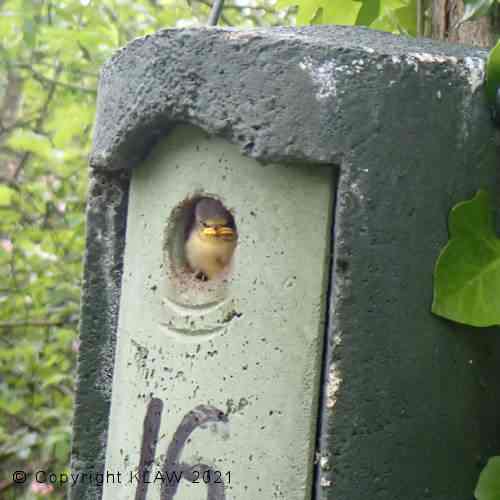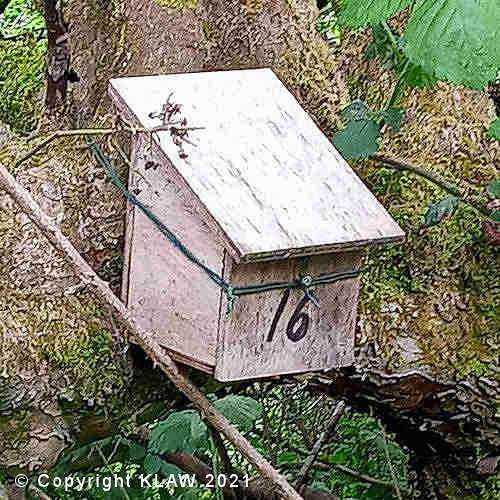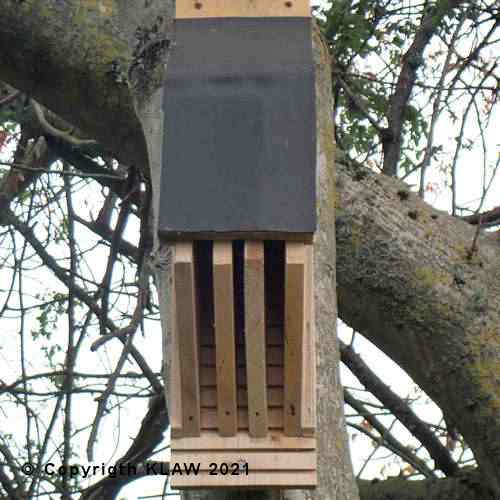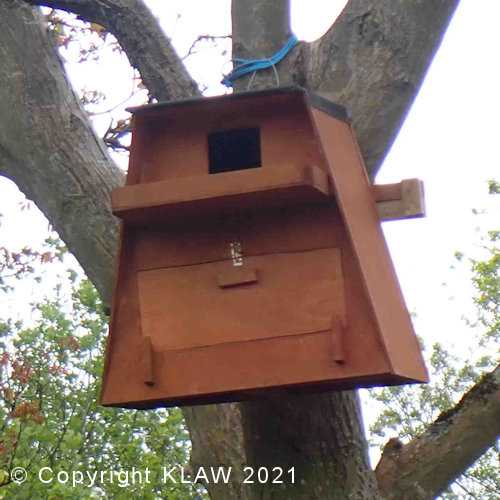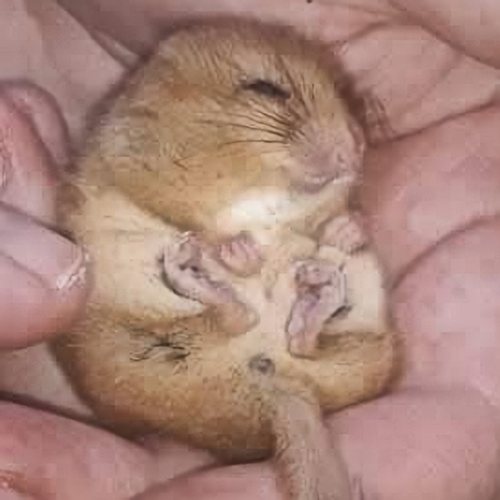Species Protection
Asian Hornet Alert: October 2024
A message from the British Beekeepers' Association
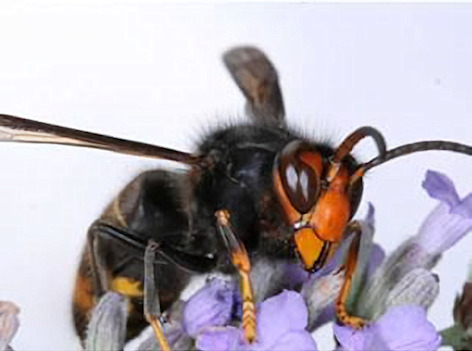
Watch Out for the Asian Hornet
Please support the 'Look Up!' campaign that Kent beekeepers have launched to encourage the public to keep an eye out for Yellow-Legged Asian hornet nests as the leaves start to fall from the trees over the coming weeks.
Nests that were missed during the summer months as they were concealed by foliage, could now become exposed - and it is vital that the locations of these nests are logged so that Asian hornet volunteer teams know where to look for emerging queens in the spring. Just a few seconds to scan the surrounding area could have a big impact on efforts to prevent the invasive species from becoming established here over the coming years.
Kent is a vulnerable area for Asian hornets, with the vast majority of sightings and nests having been reported in the county so far.
A press release has been provided giving more details. It can be downloaded by clicking here.
To find out more about the campaign and to report any Asian Hornets click here.
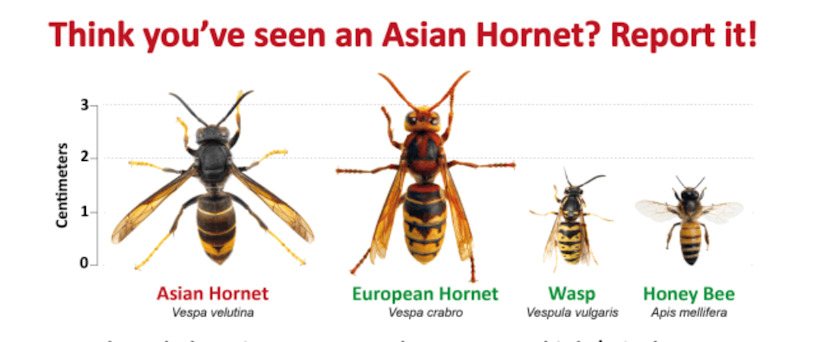
Nationally Rare Birds
Mystole Orchard still has a focus on protecting nightingales, but this has developed into protection of turtle doves (which have suffered a 98% national loss in 40 years), and lesser spotted woodpeckers, rarer even that nightingales and turtle doves.
Protecting birds that are rare in Kent, particularly nightingales, involves ensuring habitat is as close to ideal for nightingales as is possible. Parts of the disused orchard have been cleared to give the sort of brush and clearing that nightingales prefer. This has started to help - areas cleared 18 months ago have now been heard to have nightingales.
Turtle Doves are encouraged by similar methods, plus additional feeding during the breeding season, under the RSPB scheme. Details of this scheme are available by clicking here.
The lesser spotted woodpecker, a small secretive bird, is difficult to see. It is often identified by sound. It requires a large area to roam around in, with plenty of insects and trees which are dying but not dead – a balance that determines how hard the woodpecker finds it to make holes in the trunk.
